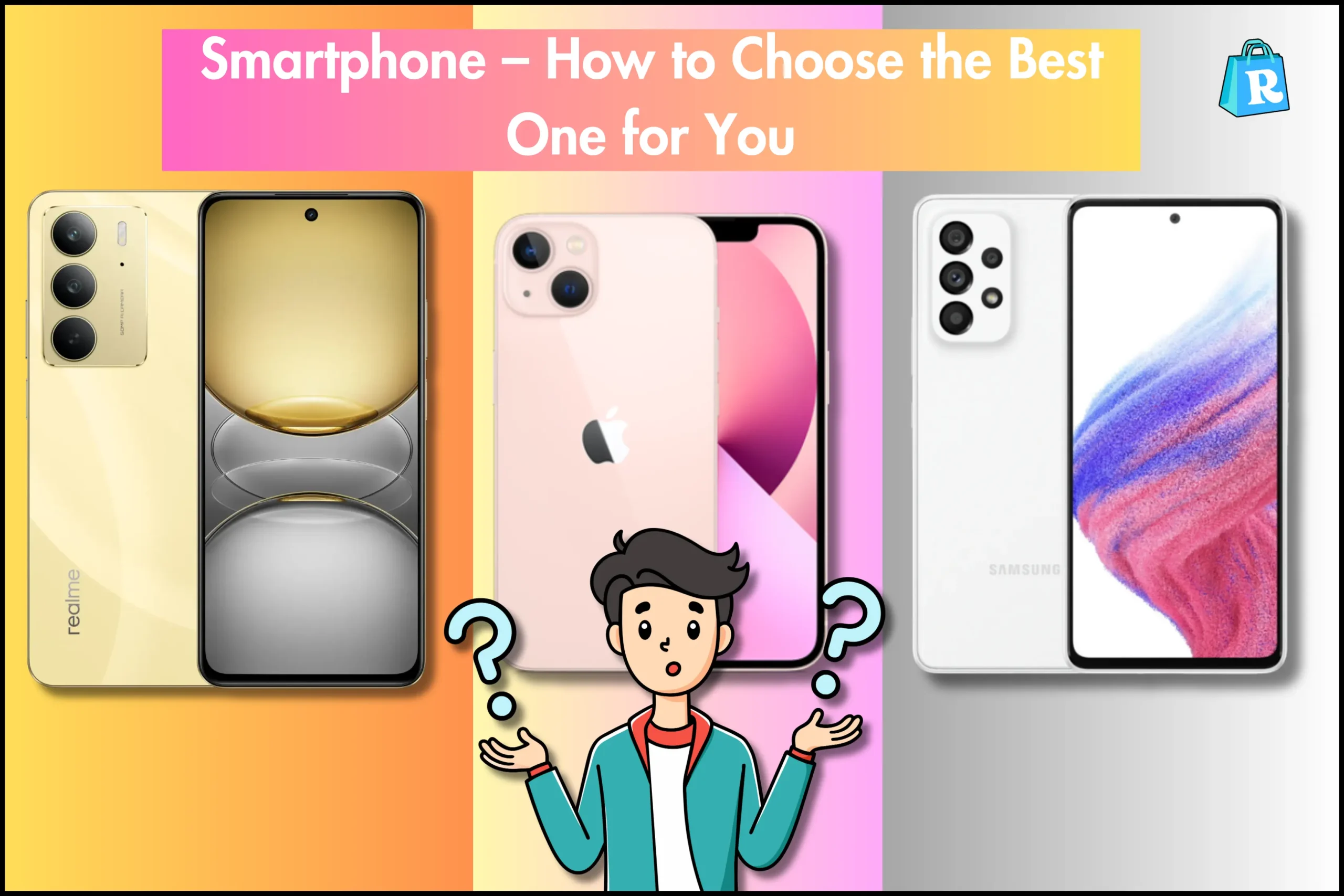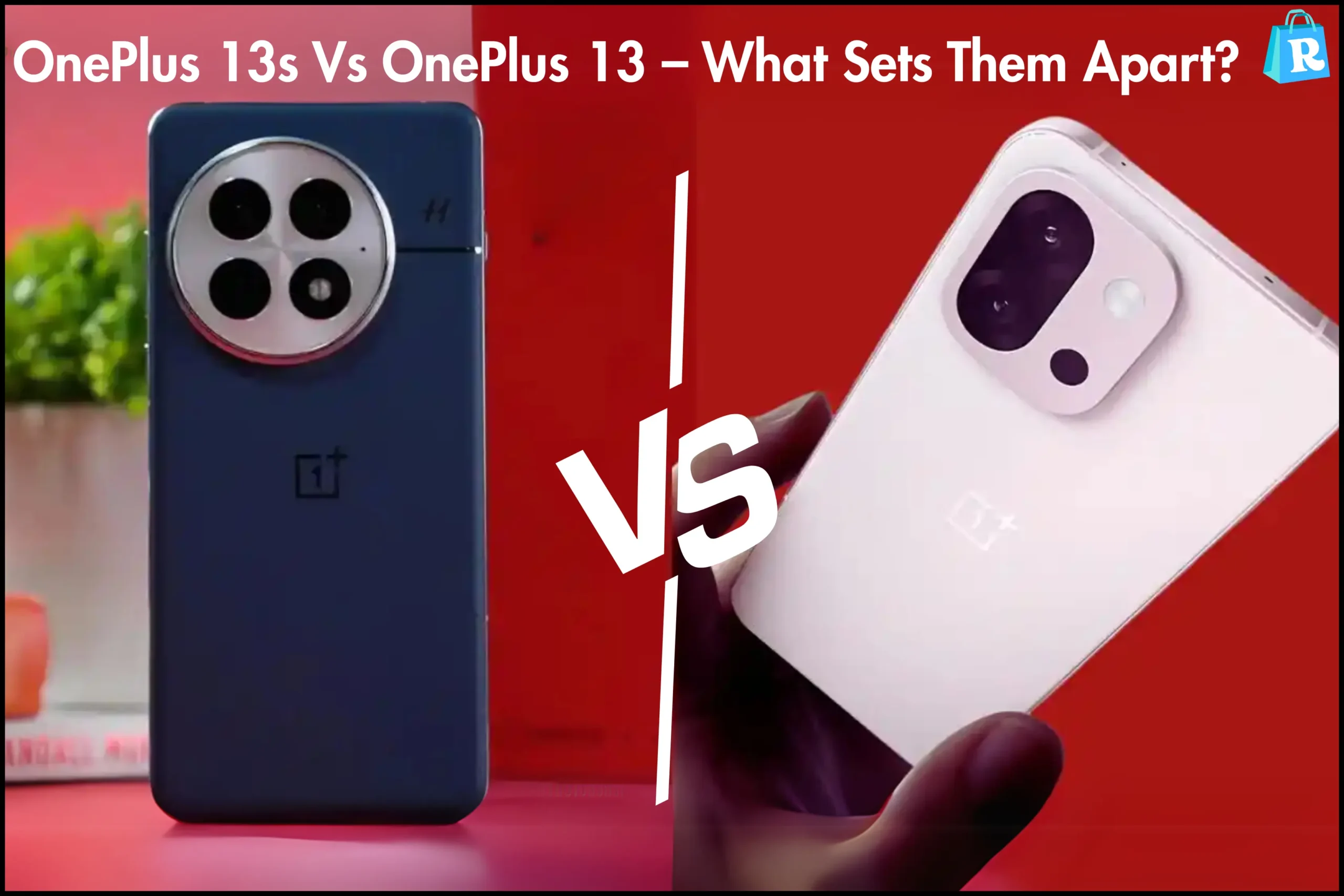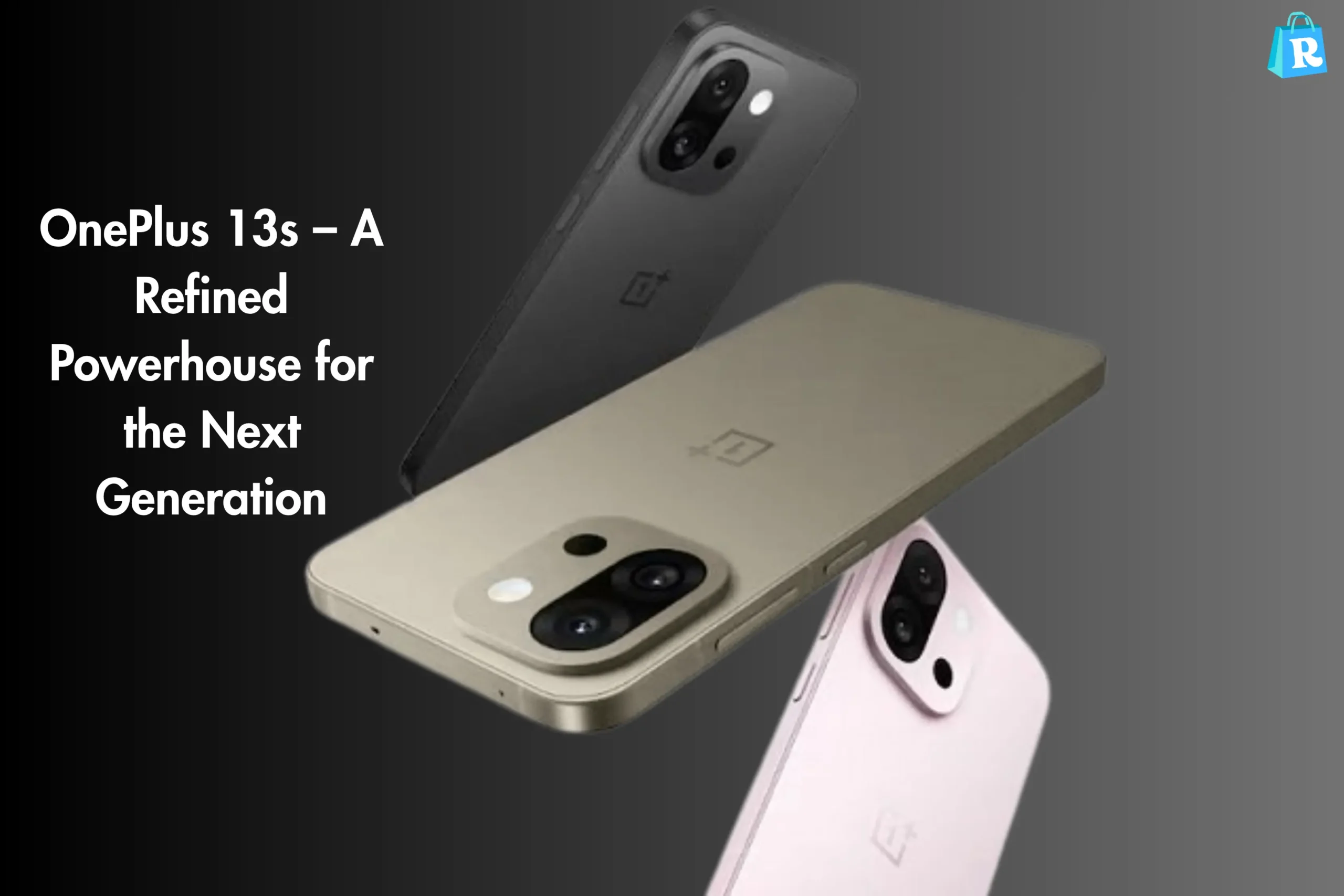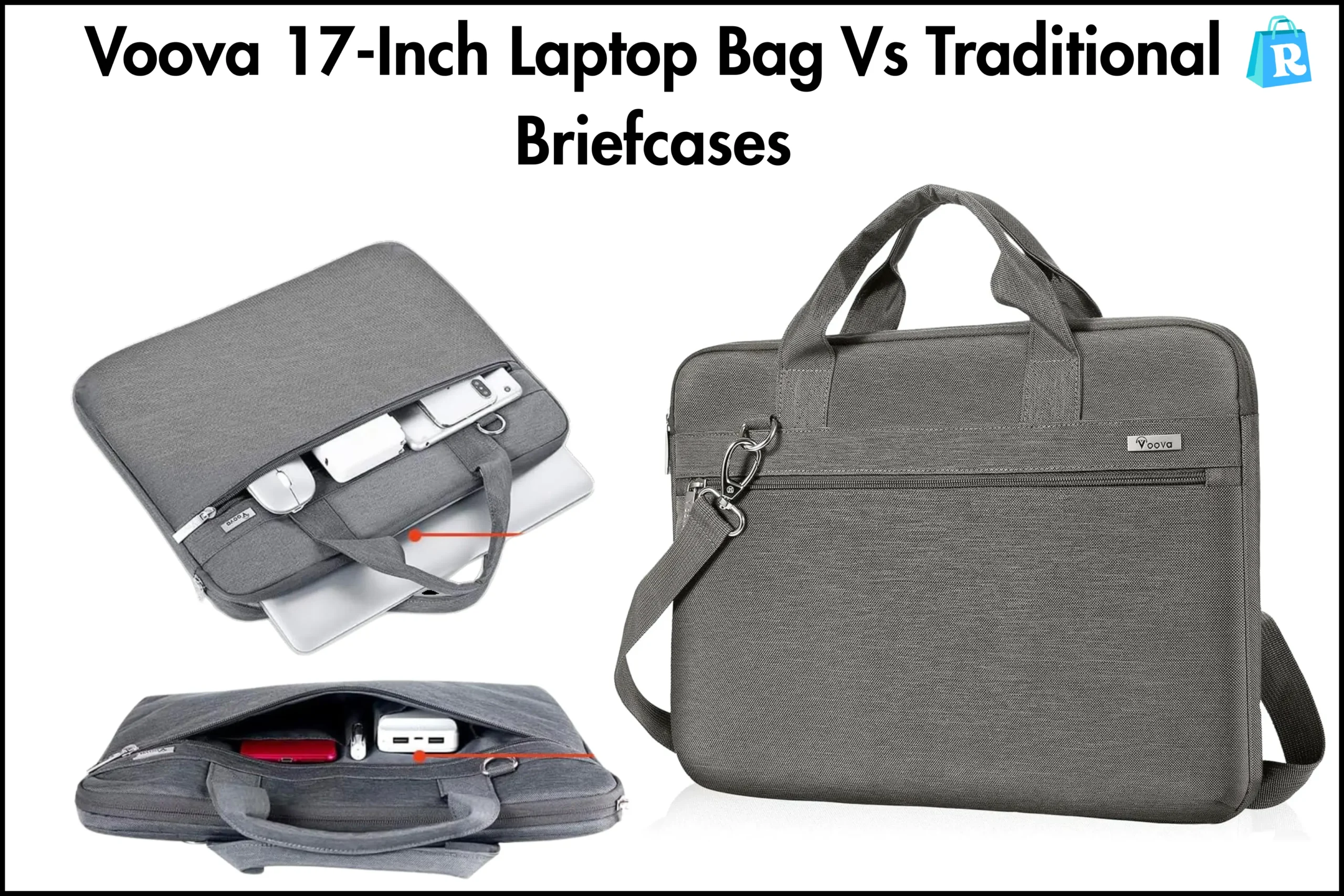Buying a smartphone isn’t just about picking the latest and most expensive model. It’s about finding the right device that fits your needs, lifestyle, and budget. With so many options available, making the right decision can be overwhelming. This guide will break down everything you need to consider when choosing your next smartphone.
Determine Your Needs and Budget
Understanding Your Usage
Before anything else, ask yourself: How do you use your phone? Are you a casual user who only needs social media and calls? Or are you a power user who plays games and multitasks? Identifying your needs will help narrow down your choices.
Setting a Budget
Smartphones range from budget-friendly to ultra-premium models. Decide on a price range that works for you and stick to it. High-end models may have the best features, but mid-range and budget phones now offer impressive performance as well.
Operating System: Android vs. iOS
Key Differences
The two main smartphone operating systems are Android and iOS. Choosing between them depends on personal preference.
Pros and Cons of Android
✅ Wide variety of devices at different price points
✅ More customization options
✅ Expandable storage and headphone jacks (on some models)
❌ Software updates are inconsistent across brands
Pros and Cons of iOS
✅ Seamless ecosystem integration (Mac, iPad, Apple Watch)
✅ Faster and long-term software updates
✅ Better privacy and security
❌ Expensive devices with limited customization
Performance and Processing Power
The processor (or chipset) is the brain of your smartphone. Popular chipsets include:
- Apple A-series (Bionic chips) – Found in iPhones, powerful and optimized.
- Qualcomm Snapdragon – High-performance for Android flagships.
- MediaTek Dimensity & Helio – Budget-friendly but still powerful.
For smooth performance, aim for at least 6GB RAM and 128GB storage if you multitask or game frequently.
Display and Screen Quality
Size and Resolution
A larger display (6.1-6.7 inches) is great for entertainment, but a compact phone (under 6 inches) is more comfortable to use. Look for Full HD+ (1080p) or higher for sharper visuals.
Refresh Rates & AMOLED vs. LCD
- Higher refresh rates (90Hz, 120Hz) make scrolling smoother.
- AMOLED displays offer vibrant colors and deeper blacks, while LCDs are budget-friendly but less vivid.
Camera Quality – What to Look For
More megapixels don’t always mean better quality. Sensor size, AI enhancements, and software optimization matter more. Look for features like:
✅ Night mode for low-light photography
✅ Optical zoom for better clarity
✅ Ultra-wide lenses for better landscapes
Battery Life and Charging Speed
Battery life is crucial. A phone with 4,500mAh+ should last a full day. Also, check for fast charging (30W or higher) or wireless charging for convenience.
Build Quality and Durability
- Glass bodies feel premium but are fragile.
- Plastic backs are durable but may feel cheap.
- IP ratings (like IP68) indicate water and dust resistance.
Connectivity and Network Support
- 5G vs. 4G – If you want future-proofing, go for a 5G phone.
- Dual SIM & eSIM – Useful for travelers and business users.
Security Features
- Fingerprint scanner vs. Face ID – Face ID is more advanced, but fingerprint sensors are faster.
- Regular software updates are important for long-term security.
Best Smartphones for Different Users
Best Budget Smartphones
- Samsung Galaxy A series
- Google Pixel 6a
- Xiaomi Redmi Note series
Best Flagship Smartphones
- iPhone 15 Pro Max
- Samsung Galaxy S23 Ultra
- Google Pixel 8 Pro
Best Gaming Smartphones
- ASUS ROG Phone 7
- Red Magic 8 Pro
Best Camera Smartphones
- iPhone 15 Pro Max
- Google Pixel 8 Pro
Where to Buy and How to Get the Best Deals
- Online vs. Offline – Online stores often have discounts, while offline stores allow hands-on testing.
- Trade-in Programs – Consider exchanging your old phone for a discount.
In The End
Choosing the right smartphone is all about balancing your needs, budget, and preferences. Whether you need a powerhouse for gaming or a budget-friendly device for daily tasks, this guide ensures you make the right decision.






